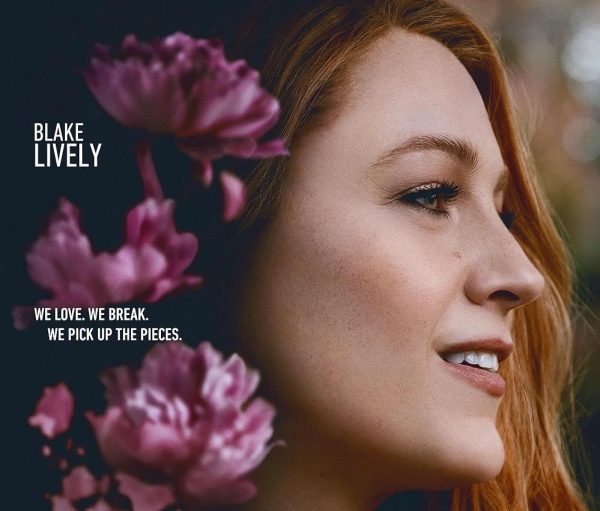Gender Roles and Jack-o-Lanterns
On an average Halloween night, you may come across boys in superhero costumes and girls as princesses, or male teenagers portraying famous movie characters and then teen girls, dressed in over-revealing costumes. Then, walking down the other side of the street is a little boy dressed up as a unicorn. As other kids pass him, they snicker and whisper rude comments. Despite all this, the little boy still has a smile on his face, beyond thrilled with his costume. He is unphased that he doesn’t have a stereotypical costume, and neither is the young girl on the other side of the street dressed head-to-toe as Iron Man. These little kids are breaking the gender roles, but why is that such a surprising thing?
Ever since Halloween costumes have become a popular tradition, there has been an obvious line between what qualifies as a girl costume and what qualifies as a boy costume. You can see the polarity of these costumes anywhere you look, from costume catalogs to aisles at your local department store. It’s seemingly simple to see the evident effect that gender roles have had on costumes. Each side has their own ‘designated’ costumes.
Take a typical boy’s costume for example. It’s expected to be masculine, tough, and totally void of anything ‘girly.’ A quick google search could provide some insight into what falls under this description. Some examples would be a ninja, military officer, zombie, or even a Headless Horseman, complete with a glowing pumpkin head. All these costumes have little to no bright colors and almost all of them have some sort of muscles sewn into the chest. It makes it seem that that’s the only type of costume that appeals to boys. However, that is untrue. There are plenty of boys out there that would prefer to dress up as their favorite Disney character rather than something scary and of uninterest to them. Little and even older boys should have the opportunity to have an extensive variety of costumes at their disposal so they can enjoy themselves during Halloween. It shouldn’t be all just costumes born out of what is expected out of a boy. The same could be said for girls and society’s expectations of them as well.
When girls look for their costumes, they aren’t essentially met with ones that pose interest. Instead, those they find are costumes that show the quintessential girl- bright pink, flowy dresses, and tiaras. Now, this may sound like a perfect costume for many girls, but to the select few… not so much. To be fair, it is true that last year’s Halloween sparked up some great girl power, with top-ranking costumes such as Harley Quinn and Supergirl. These costumes greatly supported the theme of women empowerment by offering many variations of each costume. Even though many people disagree with the Harley outfit from “Suicide Squad,” including the fishnet tights and see-through top, that’s not the only costume out there. Many other outfits include a full head-to-toe bodysuit, complete with Harley’s iconic pom-pom jester’s hat. Same goes with other female superheroes. While many costumes feature short hemlines and low-cut collars, others give girls the chance to be comfortable and feel powerful as their idol. Costumes like these are few though, which is why it is constantly stressed that girls see more empowering and diverse costuming. No young girl should have to be bummed about Halloween because all they could find for a ‘police officer’ or ‘doctor’ costume were short-cut dresses or tight bodysuits. No teenage girl should feel like they have to strut around in a skimpy outfit and heels all night, just because all of her friends are doing so.
For Halloween, every child or teen should know that it’s okay to dress up as something that is outside of the norm. If a boy wants to be a shimmering mermaid, let him swim through the seas. If a girl wants to be a rough and tough Army soldier, allow her to tie up her boots and march. Girls and boys alike should have the opportunities to find costumes that tailor to their diverse interests, rather than their prominent gender roles.

Hi! My name is Annabelle Rosse and this is my first year writing for the Oakton Outlook. My writing preferences include almost anything, but my favorite...






David Garrison | Oct 12, 2018 at 9:10 pm
Great article and well written. Congratulations, very proud of you. I particularly like the army soldier part for a girl reference. Lol